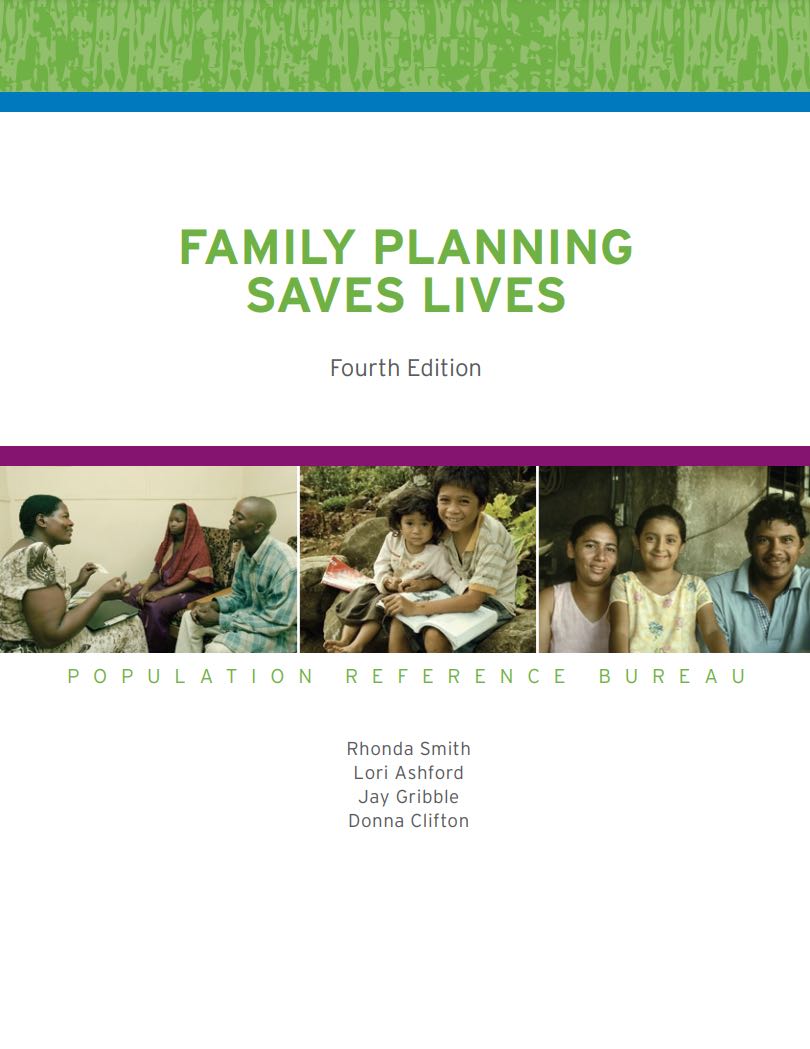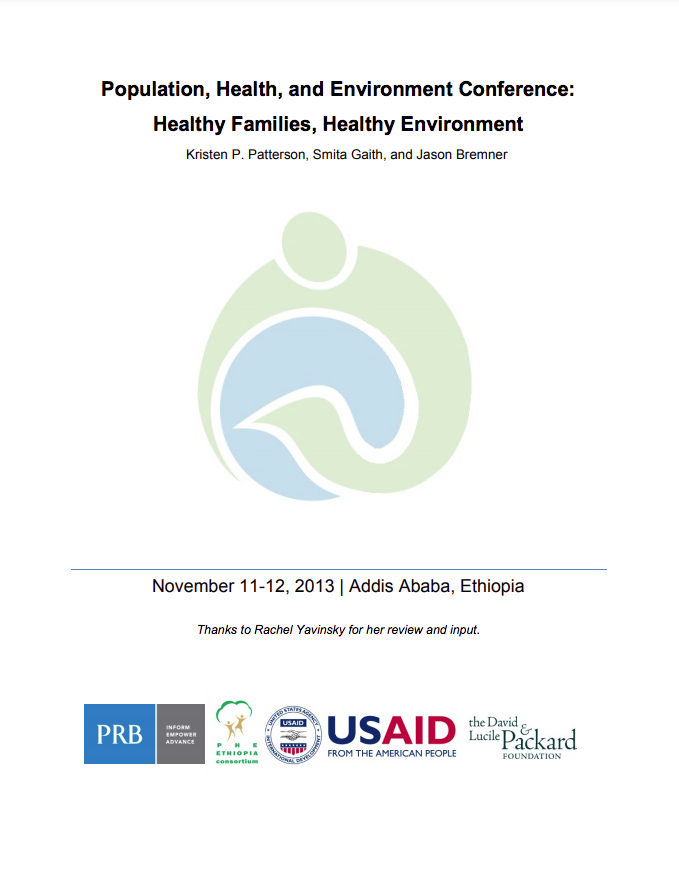Expanding Access to Family Planning
(2010) Family planning empowers women and can save their lives. It can also help reduce poverty, slow population growth, and ease pressures on the environment.
(2010) Family planning empowers women and can save their lives. It can also help reduce poverty, slow population growth, and ease pressures on the environment.
(2007) How are environmental, poverty, and security trends in today's world affected by population dynamics? What is being done to address these issues? What is needed?

Project: Center for Public Information on Population Research (CPIPR)
As coronavirus cases rise in less densely populated states in the Midwest and West, the disease, combined with high levels of obesity in rural America, could pose major challenges for health care systems, suggests Mark Lee at the University of Minnesota.
( 2005) Concentrated poverty—often defined as the number of people living in neighborhoods with poverty rates exceeding 40 percent—fell substantially in the United States in the 1990s, according to a new report by the U.S. Census Bureau.

Project: BRIDGE: Bringing Information to Decisionmakers for Global Effectiveness
(2009) Family planning is a lifesaver for millions of women and children in developing countries according to a new report by the Population Reference Bureau.

(2013) The second international Population, Health, and Environment Conference, organized by the Population Reference Bureau (PRB) and the PHE Ethiopia Consortium, convened over two days in Addis Ababa, Ethiopia, around the theme “Healthy Families, Healthy Environments.”

Project: BRIDGE: Bringing Information to Decisionmakers for Global Effectiveness
(2009) Family planning is a lifesaver for millions of women and children in developing countries according to a new report by the Population Reference Bureau.
(2008) Recent demographic trends have created a youth bulge in the Middle East and North Africa, with nearly one in every five people age 15 to 24. Despite its oil wealth and improved health and education systems, the region's political, social, and economic systems still do not meet the needs of this rapidly growing young population.

Project: Supporting Population Evidence and Champions in Africa (SPEC)
Ethiopia, with a current population of about 100 million, has achieved gains in several major health indicators.